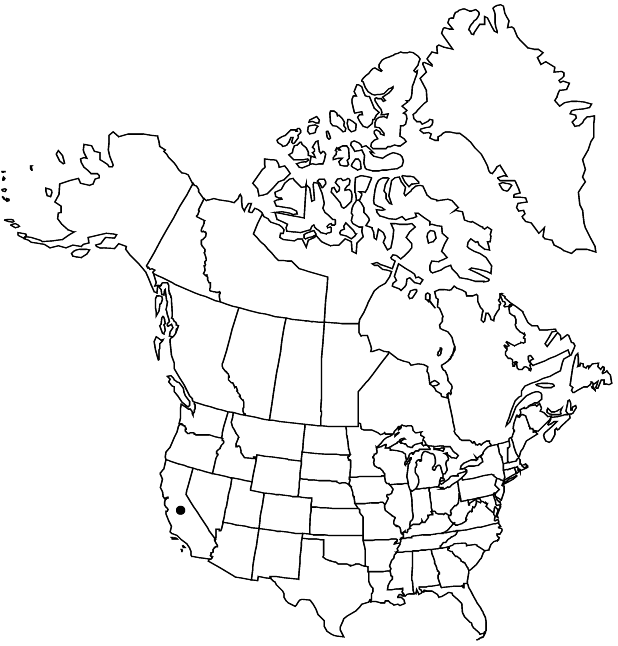familyCrassulaceae
genusDudleya
subgenusDudleya subg. Dudleya
speciesDudleya saxosa
subspeciesDudleya saxosa subsp. saxosa
Difference between revisions of "Dudleya saxosa subsp. saxosa"
Treatment appears in FNA Volume 8. Treatment on page 187.
FNA>Volume Importer |
FNA>Volume Importer |
||
| Line 43: | Line 43: | ||
|publication year= | |publication year= | ||
|special status= | |special status= | ||
| − | |source xml=https://jpend@bitbucket.org/aafc-mbb/fna-data-curation.git/src/ | + | |source xml=https://jpend@bitbucket.org/aafc-mbb/fna-data-curation.git/src/8f726806613d60c220dc4493de13607dd3150896/coarse_grained_fna_xml/V8/V8_376.xml |
|genus=Dudleya | |genus=Dudleya | ||
|subgenus=Dudleya subg. Dudleya | |subgenus=Dudleya subg. Dudleya | ||
Revision as of 18:06, 18 September 2019
Caudices 1–1.5 cm diam. Leaf blades 3–9 × 0.5–1.5 cm, 1.5–3 mm thick. Inflorescences: floral shoots red, 5–10-leaved, 5–20 × 0.2–0.4 cm; cincinni 2–9-flowered, 1–4 cm. Pedicels 5–10 mm. Flowers: sepals 2.5–6 mm; petals bright yellow, red-tinged, 9–12 mm. 2n = 136, 170.
Phenology: Flowering spring.
Habitat: Cliffs, rocky slopes
Elevation: 1100-2200 m
Discussion
Subspecies saxosa is known from the Panamint Mountains; this well-isolated polyploid subspecies differs from the other subspecies mainly in its smaller size.
Selected References
None.
Lower Taxa
None.
